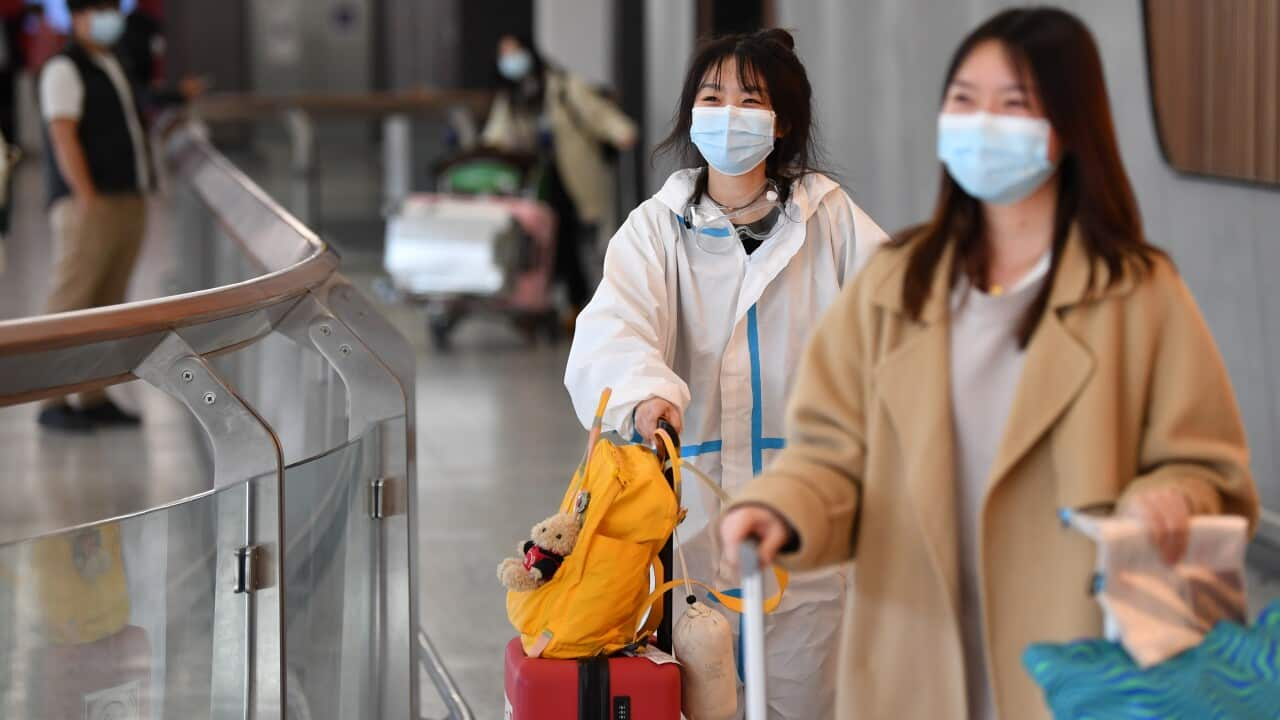Australia will welcome 81,900 more migrants than it expected just four months ago, in the coming 2022-2023 financial year.
After an exodus of almost half a million people over the past two financial years, the federal budget reveals the government expects a net 41,000 people to migrate to Australia in the coming financial year.
This is substantially higher than the net loss of 40,900 who the government, in a December population statement, anticipated leaving.
Despite the government expecting a net loss of 89,900 residents to leave the country over this financial year, net gain migration is expected to accelerate to 180,000 in 2023-24.
But don't expect the government to play catch-up on the skilled migration cap, not until the current limit of 160,000 is reached.
A severe shortage of inbound arrivals will continue to be an impediment on many businesses, such as in the health, digital skills and engineering sectors, experiencing severe skills shortages.
The return to roughly pre-covid scenarios is not expected until 2024-25.
To accelerate international tourist and backpacker arrivals, the budget reveals an allocation of $63 million over three years from 2021-22 for “targeted marketing initiatives”.
The migration mix
The government says it will prioritise processing visas for 160,000 people, focussing on skilled migration.
The Skill stream will increase to 109,900, more than 30,000 places above 2021-22 planning levels. Of those, 10,000 were moved from the Partner visa category.
The rest of the 50,000 visa places will go to the Family stream. That's down more than 27,000 places that were delivered in the Family stream in 2020-21.
From 2022-23, Partner visa processing will move to a demand driven model.
Regional visas will more than double to 25,000 places to support growth in regional Australia.
Business Innovation and Investment (9,500 places), Global Talent (8,448 places) and Distinguished Talent (300 places) categories “will ensure that Australia remains a favoured destination for the world’s best and brightest individuals and entrepreneurs,” the budget states.
Occupation lists will be reviewed and updated in early 2022-23 to reflect changes in Australia’s labour market, based on advice from the National Skills Commission.
Increase to number of backpackers
After Scott Morrison infamously told backpackers to return home at the onset of the pandemic, he’s now welcoming them back to fill the nation’s worker shortage.
The government has Working Holiday Maker (WHM) arrangements with 45 countries, with annual “caps” on 26 partner countries.
The Government will also boost the number of WHMs through a one-off 30 per cent increase across all country caps in 2022-23, which will “benefit Australian retail, hospitality, tourism and hotel operators”.
“This will boost the underlying cash balance by $45 million over the next three years,” the budget paper says.
